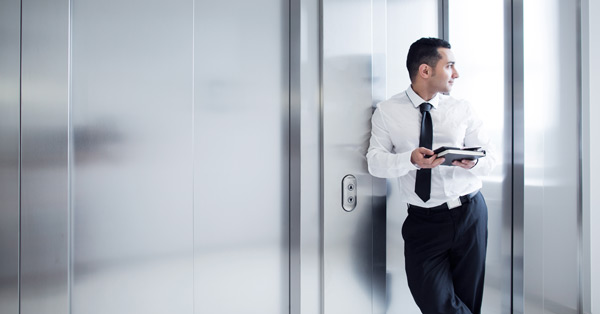Here’s a quick guide to elevator square footage based on typical elevator types and usage:
🚪 Elevator Square Footage Guide
| Elevator Type | Typical Inside Dimensions | Approx. Square Footage | Notes |
|---|---|---|---|
| Residential Elevator | 3′ x 4′ (36″ x 48″) | ~12 sq ft | Fits 1-2 people; compact for homes |
| Small Commercial Elevator | 4′ x 5′ (48″ x 60″) | ~20 sq ft | ADA compliant for up to 1 wheelchair + 1 person |
| Standard Passenger Elevator | 5′ x 7′ (60″ x 84″) | ~35 sq ft | Common in offices, apartments |
| Large Passenger Elevator | 6′ x 8′ (72″ x 96″) | ~48 sq ft | Used in hospitals, schools |
| Hospital/Service Elevator | 7′ x 10′ (84″ x 120″) | ~70 sq ft | Fits stretcher or equipment |
| Freight Elevator (Medium) | 8′ x 10′ | ~80 sq ft | Designed for cargo, not people |
| Freight Elevator (Large) | 10′ x 12′ or larger | 120+ sq ft | Used in warehouses, factories |
🔍 Key Considerations:
-
ADA Compliance: Requires at least 15–20 sq ft of clear floor space in a passenger elevator for wheelchair access.
-
Load Capacity: Size doesn’t always equal strength—some small elevators can lift more than larger ones depending on design.
-
Code Requirements: Commercial elevators must meet local and national building codes (e.g., ASME A17.1, ADA).
⚖️ When Older Elevators May Be ADA Exempt
1. Historic Buildings
-
If making the elevator ADA-compliant would threaten or destroy the historic significance of the structure, exemptions may apply.
-
Alternate accommodations may still be required (e.g., staff assistance, ramps, signage).
2. Private Residences
-
ADA requirements do not apply to private single-family homes or private residential elevators.
3. “Safe Harbor” Provisions
-
If an elevator was built or modified to ADA standards in effect before March 15, 2012, it may be grandfathered in under those rules.
-
No updates are required unless a major renovation triggers compliance with newer standards.
4. Facilities Not Open to the Public
-
Some employee-only areas may have slightly different accessibility requirements, depending on the function and reasonable accommodation discussions.
🚫 When ADA Compliance Is Required
-
Any new construction or major renovation after 1990 must comply with the current ADA standards.
-
If an elevator serves public spaces or is in a commercial building, and alterations are made, accessibility improvements may be required.
-
For multi-level public buildings, an elevator is usually required unless specific exemptions apply (like in small businesses with less than 3 stories or under 3,000 sq ft per floor).
🔧 Common ADA Elevator Requirements
Even if an elevator isn’t exempt, it might only need minor modifications:
-
Raised/Braille buttons
-
Audible and visual signals
-
Door timing adjustments
-
Accessible controls (within 48 inches reach range)
-
Emergency communication systems usable by hearing/speech-impaired individuals
✅ Bottom Line:
-
Yes, older elevators can be ADA-exempt in some cases, especially if they haven’t undergone major renovations or are in residential/historic settings.
-
But for public or commercial buildings, upgrades may be required depending on how the building is used or altered.
Do You Need Elevator Jack Replacement In Arizona?
Arizona Elevator Solutions is your go to elevator specialists that can handle anything from elevator repair and maintenance to elevator modernization and upgrades. Get a free elevator modernization quote from Arizona Elevator Solutions today! We also offer elevator services in Colorado.

